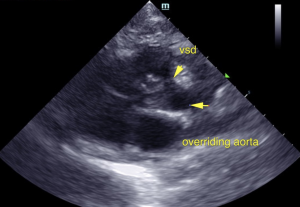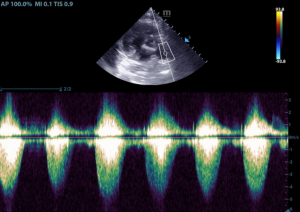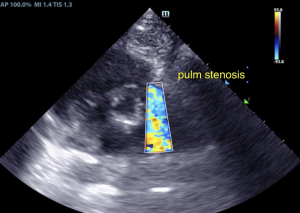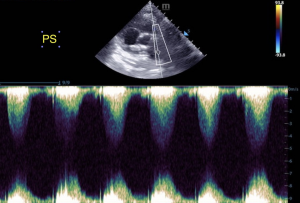Main Menu
- Home
- About
- Specialists
- Eric Lindquist, DMV, DABVP, Cert. IVUSS, Founder & CEO of SonoPath.com
- Nele Eley, DVM, Dr. med. vet., DipECVDI (Radiology)
- Sebastian Schaub, DVM, Dr. med. vet., Dipl. ECVDI (Radiology)
- Sebastian Jawinski German Certified Veterinary Specialist for Radiology
- Maggie Machen Lamy, DVM, DACVIM (Cardiology)
- R. McKenzie Daniel, DVM, DABVP
- Andrea Nicastro DVM, DACVIM (SAIM)
- Beth Johnson DVM, DACVIM (SAIM)
- Kathleen A. Sennello, DVM, MS, DACVIM (SAIM)
- Remo Lobetti BVSc, MMedVet, PhD, DECVIM
- Lisa Carioto DVM, DVSc, DACVIM
- L.D. McGill, DVM, Ph.D., DACVP
- Peter Modler DVM, Dipl.-Tzt., Specialist German Board of Cardiology
- Keith Blass, DVM, MS, DACVIM
- Diane McFadden, BS, RVT, SDEP® Certified Clinical Sonographer, Director of Mobile Operations and Education
- Kelly Vazquez, CVT, SDEP® Certified Clinical Sonographer & Instructor
- Shari Reffi, CVT, SDEP® Certified Clinical Sonographer & Instructor
- Jessica Miller, BS, RDMS, SDEP® Certified Clinical Sonographer & Instructor
- Testimonials
- Join our Team
- Specialists
- Services
- Education
- SonoPath Imaging Center
- Shop







Comments
Tetralogy of Fallot includes four defects: Pulmonary Valve Stenosis, Ventricular Septal Defect, Right Ventricular Hypertrophy and Shifting of the Aorta